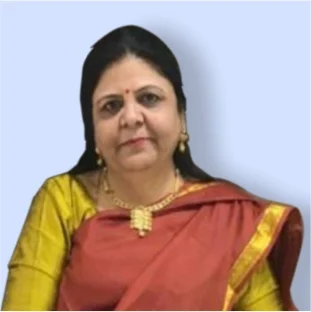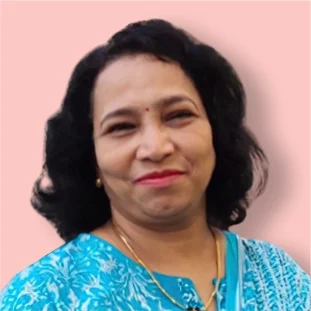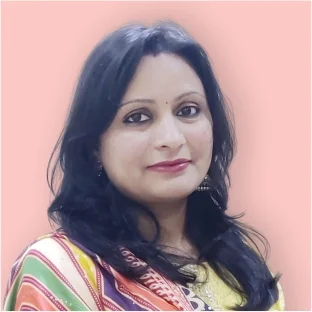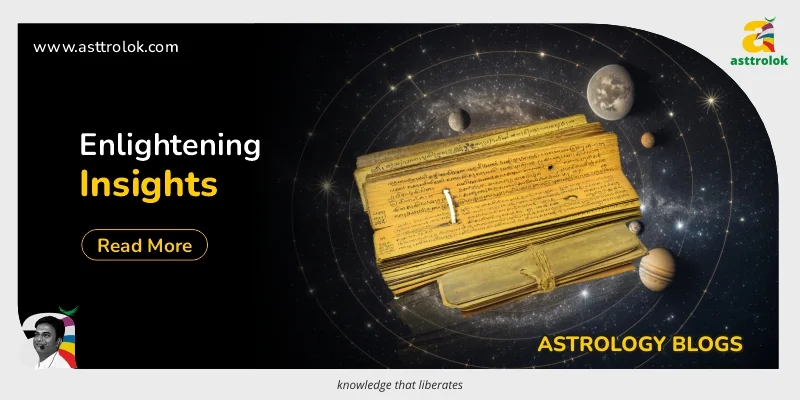
Ayurveda is a branch of Atharveda, according to Indian Vedic literature, and is derived from Brahm, the creator of all things, in the order of Brahma-Prajapati-Ashwani Kumar-Indra.
Once the rishis sought Indra for healing from psychological ailments, Indra revealed this discipline to 3 Rishis Bhardwaj, Dhanvantri, and Kashyap in the following 8 branches.
Are you looking for the best astrologer online? Contact for the astrology consultation online by our expert astrologer and get an accurate prediction about your future.
- Kaya Cikitsa (General Medicine)
- Bala Cikitsa (Pediatrics)
- Graha Cikitsa (Demonology)
- Urdhvanga/Salakya Cikitsa (E.N.T. and Ophthalmology)
- Salya Cikitsa (Surgery)
- Damstra Cikitsa (Toxicology)
- Jara/Rasayana (Geriatrics)
- Kaya Cikitsa (General Medicine)
After learning Ashtanga Ayurveda, these rishis passed it on to their disciples, such as Agnivesa, Bhela, and Jatukarna. Agnivesa Samhita and Bhela Samhita are their articles and books on this subject of medicine.
The Rig-Veda is the primary source of knowledge, from which the other Vedas (Samaveda, Yajurveda, and Atharvaveda) are derived. For specific purposes, the Rig Veda comprises 10 Mandals and 1028 Suktas.
The Suktas are a unique collection of Divine Mantras devoted to Gods. The great Vedic seers also devoted a Sukta with 29 mantras to 125 medications that they discovered, naming it Aushadhi Sukta (Medicinal Dedication).
During the Puranas period, the heritage of medical expertise is continued. The epics contain references to medications, ailments, and health treatments. Expert healthcare practitioners from both sides ministered to fighters in the Ramayana, and they were also effective in preserving human remains. There are mentions of doctors tending to the injured and disabled in the Mahabharata.
Read Also:- What Does A Kundali Reader Tell You?
Continuous Development
The Samhita era can be described as a period in which medical sciences, including surgery, were approached systematically. The oldest is the Agnivesha Samhita, which was afterward renovated by Charaka. Atreya Punarvasu had a disciple named Agnivesha. Charaka existed in the sixth century, according to legend. The Charaka Samhita is a comprehensive treatise on medical information such as etiology, symptomology, therapy, and medical care (modern nursing) for the person’s health and ailment.
The Sushruta Samhita is the next Samhita, and it comprises surgical techniques. Dhanvantri is credited with writing the Sushruta Samhita, which had been reedited by Nagarjuna.
Sushruta is thought to have lived around 600 B.C. So don't be fooled into thinking that an Ayurvedacharya was unaware of the surgical area of medicine. Ganesha's and Daksh's head transplants are both well-known historic instances.
Major surgery or Salya Tantra, Minor surgery or Salakya Tantra, Treatments in overall, medicine or Kaya chikitsa, Ritualists or Bhuta Vidya, Science of Pediatrics or Kumar Bhrutya, Toxicology or Agada Tantra, Scientific knowledge of Tonics or Rasayan, and The scientific knowledge of regeneration or 42 Vaj Karan were all established during this period. All of these branches are included in Charaka.
Conclusion: The advancements goes on…
As evidenced by later works of various authors and their commendatory works, primarily Madhavakara, Cakradata, Sarngadhrara, Bhavmishra, and Bhavprakas from the 2nd century AD to the 16th century AD chronologically, the latest study and trials on the topic of Ayurveda continues. These are concerned with clinical diagnosis, etiology, treatment, and pathology. It's worth noting that Ayurveda has been performed and embraced systematically from the start, as evidenced by the inclusion of Shishu Graha, pharmacology, and sutikagrah in the Charak Samhita.
Learn astrology courses online from the best astrologer in India. Learn about various aspects of astrology, like astrology readings, prediction, and more. Free astrology classes are available as well. Further, explore numerology course, palmistry course, Vastu course, medical astrology with astrology certification. Register now.
Read Also:- The Secret Of Self-Confidence According To Your Horoscope
Comments (0)
Categories
Recent posts

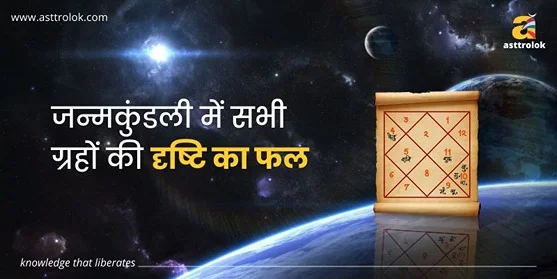
जन्मकुंडली में ...
30 Aug 2023
Importance of Bhakoot Koota in Kundali ...
30 Aug 2023

.webp)





